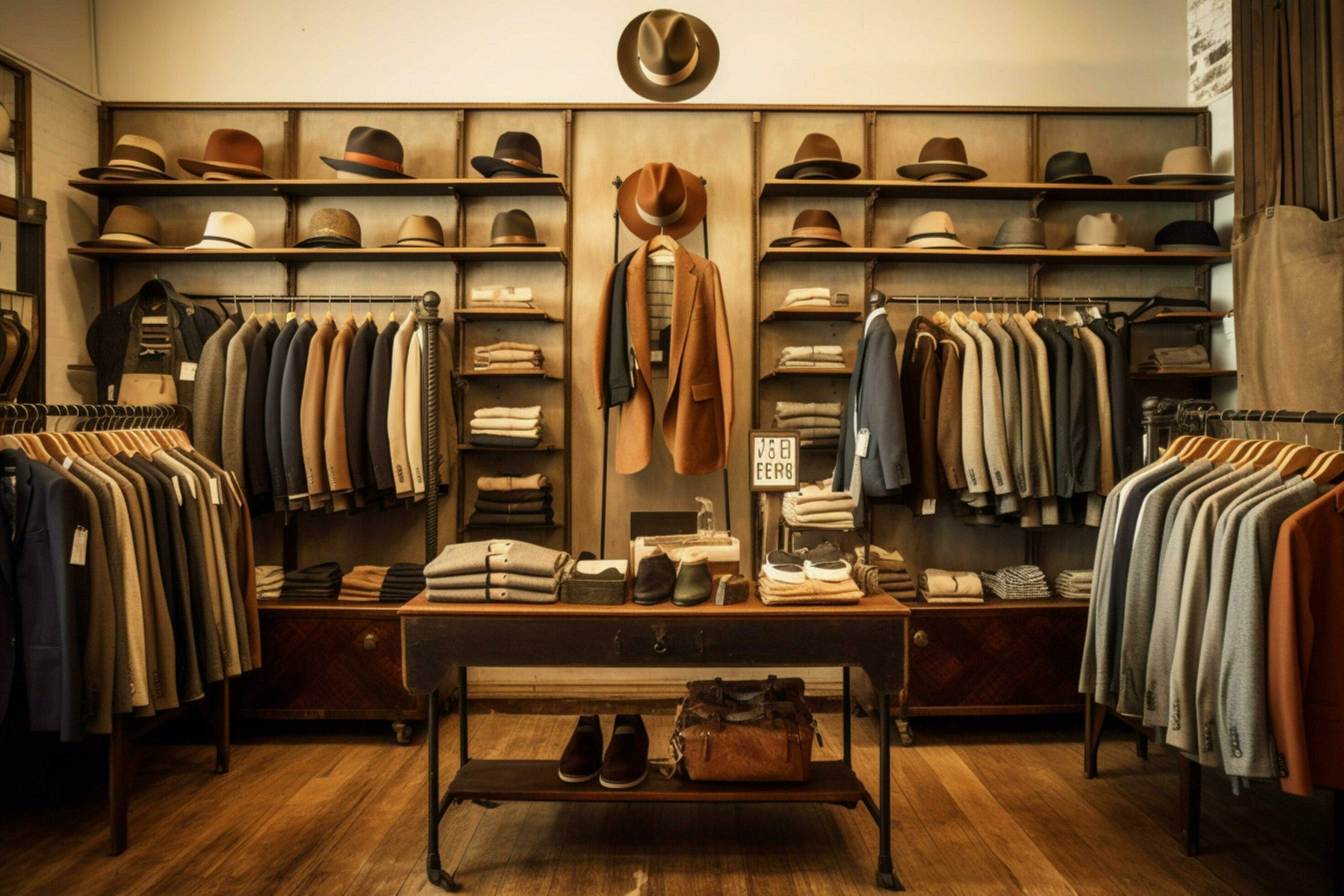Boost Your Wardrobe with Spectacular Boutique Fashion Essentials
Boost Your Wardrobe with Spectacular Boutique Fashion Essentials
Blog Article
Discovering the Evolution and Effect of Garments on Modern Style Trends
The development of clothes has substantially influenced contemporary fashion trends, combining historic criteria with innovative advancements. Famous figures like Coco Chanel and Yves Saint Laurent transformed the fashion industry by presenting principles that focus on comfort and accessibility, which continue to reverberate today.
Historic Fashion Influencers
In the tapestry of fashion background, certain numbers have actually left an indelible mark, forming the patterns and designs that define whole eras. Coco Chanel, an advanced designer, redefined ladies's style by introducing comfy, elegant garments that departed from restrictive bodices.
Elsa Schiaparelli is another essential number, renowned for her avant-garde styles that included surrealist art, collaborating with Salvador Dalí to develop wayward pieces that tested standard aesthetic appeals. Her cutting-edge use shade and vibrant patterns reverberates in contemporary style. Yves Saint Laurent, meanwhile, democratized high style with prêt-à-porter collections, bringing path designs to the masses and setting a precedent for contemporary ready-to-wear lines.
These dreamers, among others, not only reinvented style in their times yet also set withstanding patterns that reverberate in today's fashion business, providing a foundation upon which contemporary developers proceed to introduce and build. Their legacies underscore the significance of imagination and bold in vogue's ever-evolving story.
Technical Innovations in Style
Amidst the dynamic landscape of the fashion business, technological advancements stand at the forefront of development, reshaping how designers create and consumers involve with style. The assimilation of 3D printing has actually changed layout procedures, allowing designers to try out complicated structures and sustainable products that were formerly unthinkable. This innovation helps with fast prototyping, reducing waste and expediting production times.

Smart textiles, installing technology right into textiles, are also changing the industry. Developments like temperature-regulating and self-cleaning materials use enhanced performance and convenience. Wearable technology, integrating attributes like health and fitness tracking and communication, includes a brand-new dimension to fashion, combining aesthetics with functionality.
Social Shifts and Style
As technological developments remain to reshape the apparel industry, social changes are just as significant, redefining design and customer choices. In the last few years, the surge of social media sites systems has actually increased the circulation of international style fads, permitting varied cultural influences to assemble and coexist. This digital interconnectivity has actually promoted the quick exchange of concepts, causing a much more comprehensive and diverse analysis of style that reflects the diverse nature of contemporary society.
Social recognition and recognition have prompted designers to attract motivation from a wider spectrum of historic and ethnic contexts, integrating traditional concepts with modern looks. This combination has caused fashion that resonates with a bigger target market, promoting a feeling of identity and belonging across various demographics. Furthermore, the increasing need this article for personalization has actually driven brands to offer personalized choices, enabling customers to express originality while showing their cultural heritage.
Additionally, shifting social values have actually impacted style, with inclusivity and diversity coming to be central motifs. The market has actually begun to welcome models and influencers of numerous body types, ethnic cultures, and gender identifications, challenging standard charm criteria. This change emphasizes the power of cultural shifts fit the future of fashion, have a peek at this site as design becomes a much more genuine expression of personal and cumulative identity.
Sustainability and Modern Layout
While the fashion industry continues to develop, the necessary for sustainability has actually come to be significantly immediate, affecting modern-day layout techniques. The surge of slow-moving style, which highlights high quality over quantity, encourages consumers to invest in timeless items instead than short-term patterns.
Moreover, contemporary design is identified by its advancement in minimizing waste and advertising circularity. This technique not just alleviates environmental influence however also boosts the social responsibility of style homes.

Future Trends in vogue

Sustainability will remain to be a driving force in forming future fashion fads. The market is increasingly taking on environment-friendly materials and moral production approaches, replying to an expanding consumer need for accountable techniques. Advancements such as bio-fabricated materials and closed-loop recycling systems are readied to redefine how garments is produced and taken in, reducing ecological influence while preserving design and quality.
Social shifts, including the surge of inclusivity and diversity, will certainly also play an essential role. As society comes to be much more knowledgeable about social issues, fashion is anticipated to become a platform for expression and modification. Developers will likely concentrate on producing collections that mirror a broader variety of identifications and experiences, championing depiction and access.
Conclusion
The evolution of clothes considerably affects contemporary fashion trends, where historical impacts combine with modern styles. This continuous development underscores fashion's role as a mirror to social worths and technical development, suggesting a future rich with innovation and inclusivity.
The advancement of apparel has actually substantially influenced modern style patterns, merging historical criteria with innovative advancements.In the middle of the dynamic landscape of the style market, technological advancements stand at the center of advancement, reshaping how developers produce look what i found and consumers involve with fashion.While the style market continues to advance, the critical for sustainability has actually become significantly urgent, influencing contemporary design techniques. As sustainability ends up being embedded in contemporary design, it leads the way for an extra accountable and conscious style industry.
The advancement of clothes dramatically affects modern fashion fads, where historical impacts merge with modern designs.
Report this page